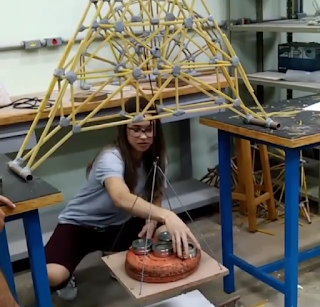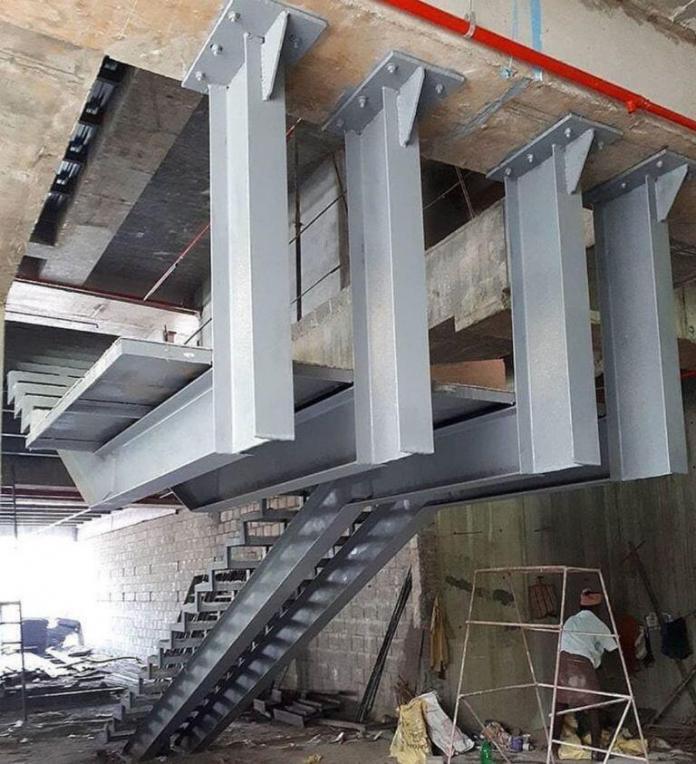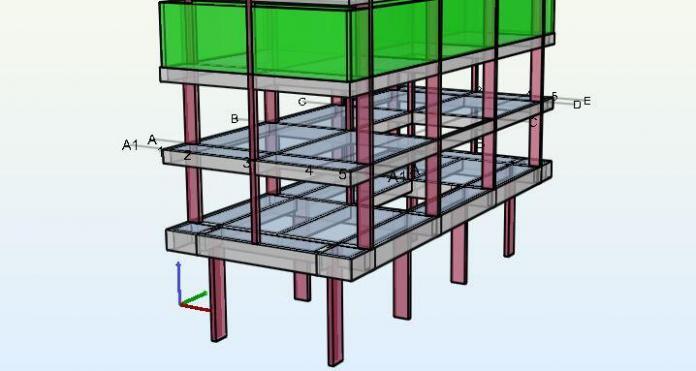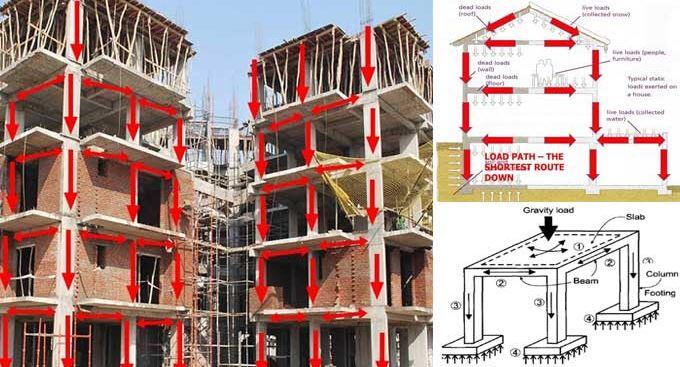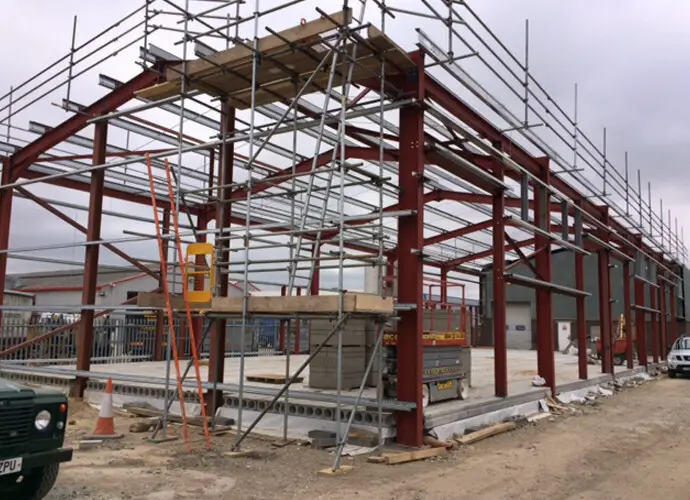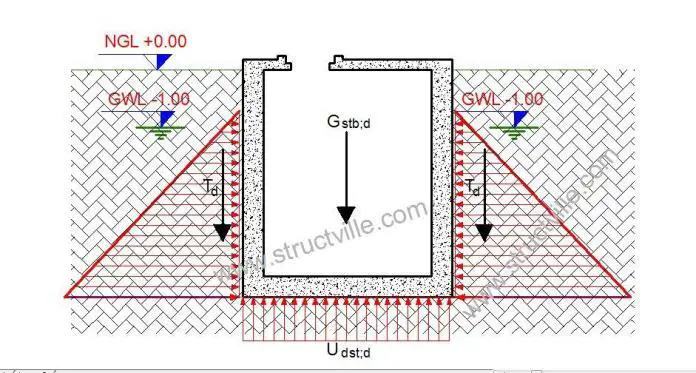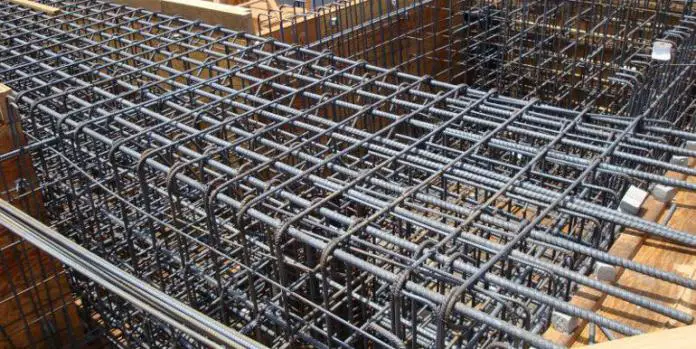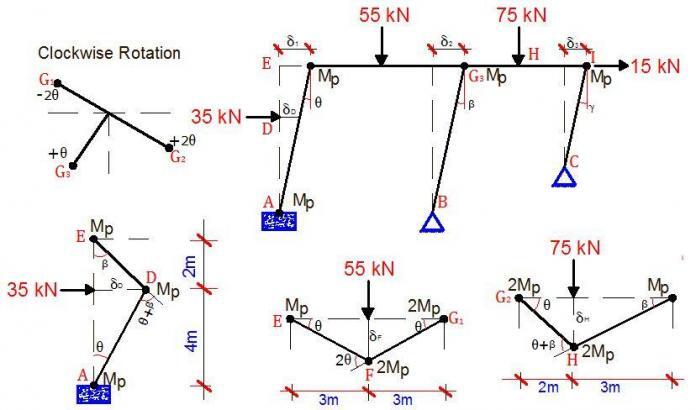Instruction: Attempt All Questions
Examiner: Structville Integrated Services
(1) Mechanics of deformable bodies is usually studied under?
(A) Statics
(B) Strength of Materials
(C) Dynamics
(2) Which structural model is used for assessing shear resistance of RC structures in BS 8110-1:1997?
(A) Strut and Tie Method
(B) Theorem of three moments
(C) Euler’s Theorem
(3) The vertical deformation of soils per unit pressure is usually referred to as?
(A) Stiffness
(B) Modulus of subgrade reaction
(C) Bearing Capacity
(4) What is the basic unit of flow rate?
(A) m3/s
(B) m2/s
(C) m/s
(5) An S275 hot rolled I-Section has a flange thickness of 20.5mm. What is the design yield strength?
(A) 255 Mpa
(B) 265 Mpa
(C) 275 Mpa
| Click on the Image to Download Textbook |
(6) The natural foundation of a road way is called?
(A) Base
(B) Sub-base
(C) Subgrade
(7) Why are return bars provided at the edges of RC slabs under simply supported assumptions?
(A) To resist torsion
(B) To resist negative moment
(C) None of the above
(D) All of the above
(8) A simply supported beam is pinned at both ends. Therefore the beam is?
(A) Statically determinate
(B) Unstable
(C) Statically indeterminate
(9) How can we control deflection in a solid RC slab?
(A) By increasing the depth of the slab
(B) By introducing compression reinforcements
(C) By increasing the area of tension reinforcement
(D) All of the above
(10) In the design of highway bridges (BS 5400), HA loading comprises of ?
(A) Knife Edge Load and UDL
(B) Tandem Axle Loads
(C) UDL only
(11) In concrete slabs on grade, the most critical loading condition occurs at?
(A) Mid span
(B) Edge
(C) 2.5d from the edge
(12) For a rectangular lamina immersed in a fluid at rest, the hydrostatic thrust passes through?
(A) Centre of pressure
(B) Centroid
(C) Meta Centre
(13) At a construction site, the leveling staff reads +2.45m at point A and +2.76m at point B. Which of the following points is higher in elevation?
(A) Point A
(B) Point B
(C) Depends on the datum
(14) A 0.8m long cantilever beam is subjected a concentrated load of 750 kN at the free edge. Which of the following poses the most serious problem?
(A) Bending
(B) Shear
(C) All of the above
(15) The continuous shear deformation of a fluid is referred to as?
(A) Pressure
(B) Flow
(C) Turbulence
(16) In the continuous support of a floor beam, how many percent of top tension reinforcement should be allowed into 0.15L of the adjacent spans?
(A) 50%
(B) 65%
(C) 100%
(17) If the diameter of a pile foundation is 400mm, the recommended minimum thickness of the pile cap is?
(A) 900 mm
(B) 750 mm
(C) 400 mm
(18) Punching shear in pad footings is usually checked at?
(A) d from the column face
(B) 1.5 d from the column face
(C) at the column face
(19) The complete loss of shear strength in soils is referred to as?
(A) Earthquake
(B) Settlement
(C) Liquefaction
(20) The deflection of a steel beam depends on?
(A) The elastic Modulus
(B) The length
(C) The support conditions
(D) All of the above
(21) Curtain walls are usually used in high rise building for which of the following reasons?
(A) Aerodynamics of winds
(B) To reduce dead load
(C) Reflection of night sky
(22) In a single span generic beam, deflection is maximum at?
(A) Centre of the beam
(B) Point of maximum moment
(C) Point of zero slope
(23) What is the recommended maximum water/cement ratio for production of concrete for water retaining structures?
(A) 0.4
(B) 0.5
(C) 0.6
(24) The difference between plastic limit and liquid limit in a soil is called?
(A) Activity
(B) Plasticity Index
(C) Cohesion
(D) Shrinkage Limit
(25) Adequate concrete cover to reinforcement does not enhance one of the following in RC structures?
(A) Fire Resistance
(B) Durability
(C) Cracking
(D) None of the above


